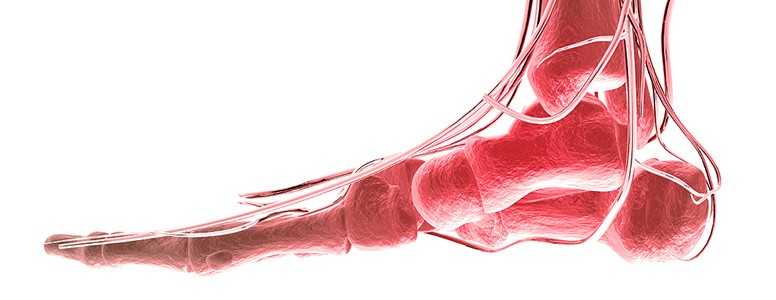A group of researchers have found molecular mechanisms that could be responsible for the pain caused by peripheral neuropathy.
The study, conducted by researchers at McGill University in Montreal, Canada, sheds new light on what was a poorly understood condition.
Peripheral neuropathy is the scientific term for nerve damage. Neuropathy can have a number of causes, including diabetes. In fact, diabetic neuropathy is one of the most common complications of diabetes. Diabetic neuropathy is caused by prolonged exposure to high blood glucose levels over a number of years.
Neuropathy, pain and the anterior cingulate cortex
This study focused on the anterior cingulate cortex (ACC), the region of the brain most commonly and consistently involved in the pain processing. The researchers made new discoveries about one type of channel (hyperpolarisation-activated cyclic nucleotide-gated channels, or HCN) that influences pain signals to the ACC.
They then tested their findings on a group of rats. By blocking HCN channels, the researchers lessened the stimulation of the ACC, which significantly reduced the pain transmitted to the rats.
The researchers hope that targeting the HCN channels will reduce the pain of neuropathy in humans, but further studies are needed to confirm that this is viable and safe.
“Our study has revealed one important mechanism linking chronic pain to abnormal activity of the ACC and it provides a cellular and molecular explanation for the overstimulation of neurons in the prefrontal cortex,” said senior author Philippe Séguéla.
“This gives us new perspectives on therapeutic strategies that could target the HCN channels to help relieve chronic pain.
“Our findings open new doors to research possible treatment of these debilitating symptoms that are linked to chronic pain.”
The findings were published in the Journal of Neuroscience.
What's new on the forum? ⭐️
Get our free newsletters
Stay up to date with the latest news, research and breakthroughs.








